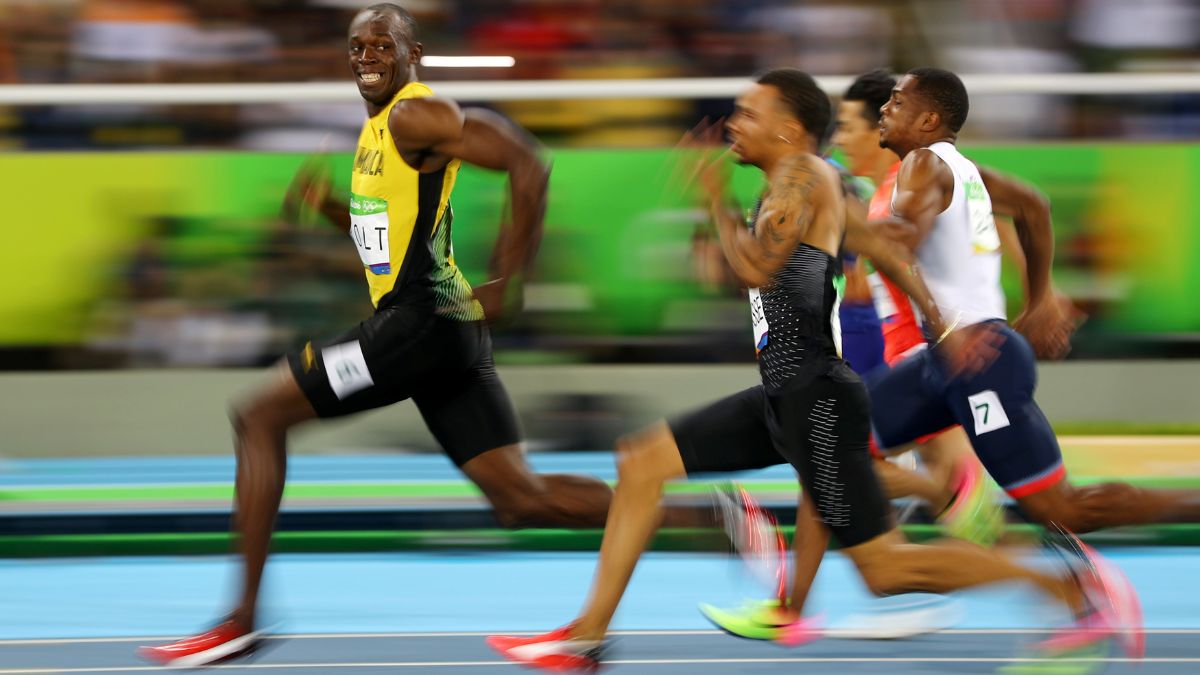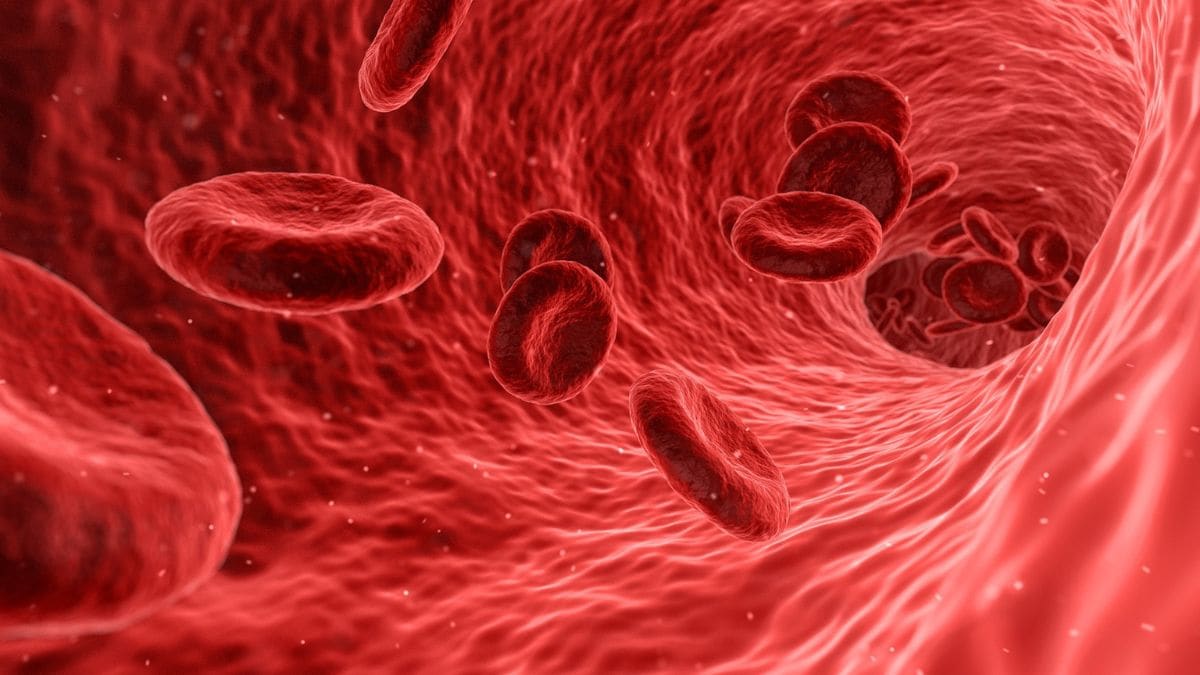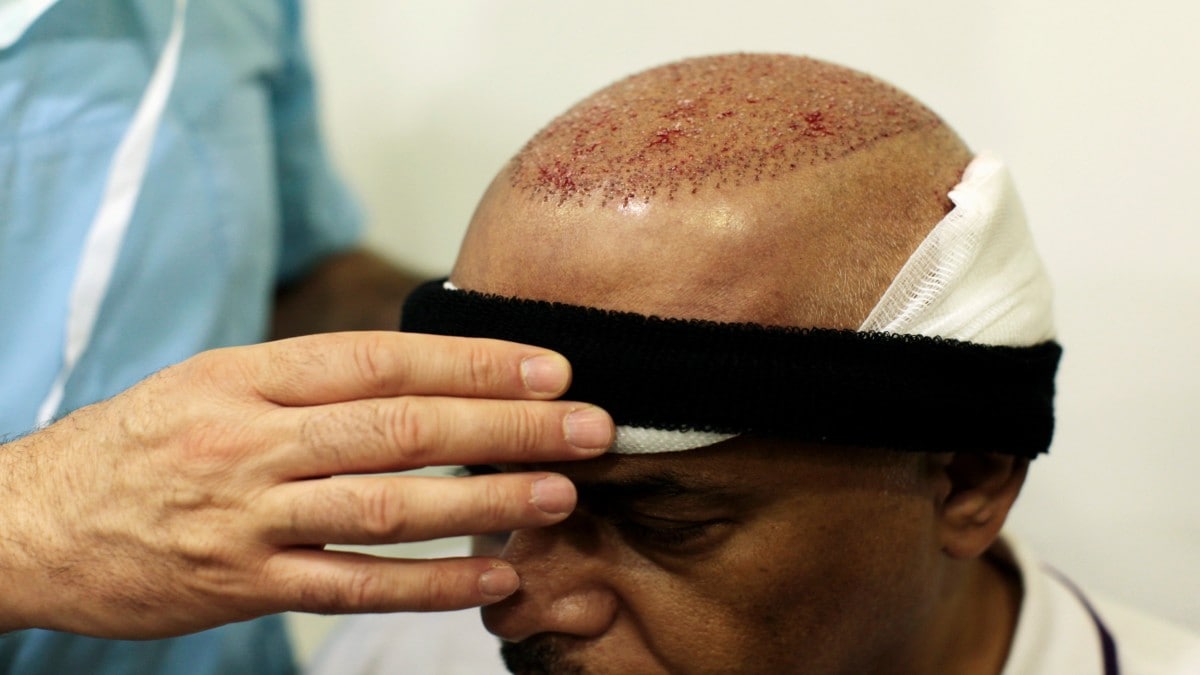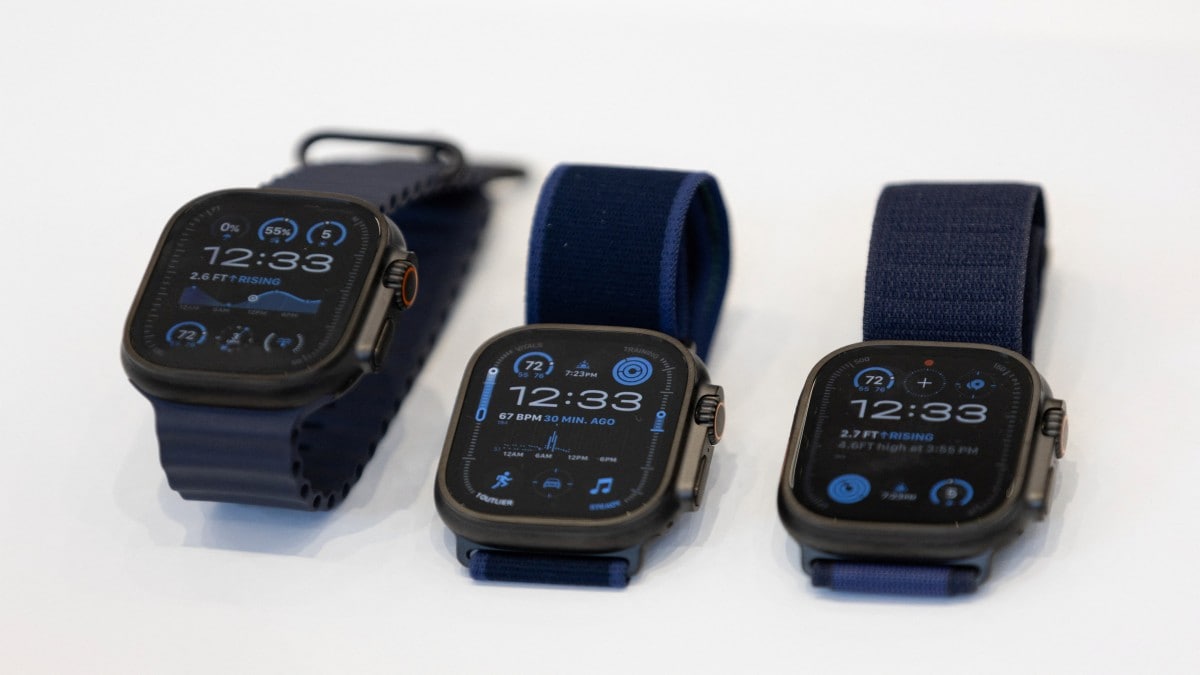While some factors which might affect your running speed are controlled by genes, following a regular exercise routine and training your brain towards better techniques might help you maximise your potential and make you run faster and better read more
)
The world’s fastest human, Usain Bolt, ran a 100 metres sprint at a speed of (37.57 kilometres per hour. File image/Reuters
Usain Bolt, the world’s fastest human, ran a 100 metres sprint at a speed of 23.35 miles per hour (37.57 kilometres per hour).
That’s mind-blowingly fast for a human. It’s about the same speed as cruising in a car through your neighbourhood or in a school zone. It might not seem that fast when you’re in the car, but for a person? Few runners in the world can even come close.
There are several reasons why some people can run very fast while others tend to run more slowly. Genetics – the traits you inherit from your parents – play a role, but so do your choices and experiences.
As pediatric exercise scientists , we create and evaluate programs that help children be healthy. The exciting news is that while you have no control over your genetics, you can train to improve your speed.
Fast twitch, slow twitch
One major factor that influences your ability to run fast is the structure of your body, including how your muscles work.
The human body has more than 600 muscles that work together, allowing you to move in different directions and at various speeds. These muscles are made up of groups of fibre which are mainly of two types: fast twitch and slow twitch.
Muscles have different mixes of these fibre types. For example, two muscles make up the calf: One is predominantly fast twitch – that’s the gastrocnemius, used for sprinting and jumping. The other is mostly slow twitch – that’s the soleus, used for walking and jogging.
Fast-twitch muscle fibres are larger and help your body move quickly and generate significant force. Sprinters tend to have an abundance of fast-twitch muscle fibres . However, this muscle fibre type also tires quickly, which limits how long you can run at top speed to relatively short distances.
Slow-twitch muscle fibres are smaller and help you run at slower speeds but with greater endurance. Long-distance runners and competitive cyclists tend to have a lot of these muscles.
How much you have of each type of muscle fiber – fast twitch and slow twitch – is mostly determined by your genes , so you’ll have to work with what you’re born with when it comes to muscle types. But exercises can help train those muscles.
Brain plays a role
Physical ability isn’t just about muscle. Your brain plays an important role, too.
Your skeletal muscles are controlled by your brain – you think about your actions and then execute the movements. For example, you can control how long your stride is, how your arms move , how your feet hit the ground, and even the techniques you use to breathe .
You can teach your body to use the best running techniques. That includes proper posture , so your body is standing tall, and an economical stride , so your feet land below you rather than too far out in front, where they can slow you down.
You can also improve your running form by using your whole body, with your arms pumping in opposition to the legs, running on your toes and maximising the time spent in the flight phase with both feet off the ground. Using proper running techniques helps the muscles create more force and work together, which helps you run faster.
The more you practice an activity, the better you will get. As your ability to run fast increases, challenge yourself to run even faster.
Busting ‘running’ myths
You may have heard your friends chatting about ways to boost your speed or searched the internet for tips on getting faster. Time to bust some of those myths.
Myth 1: You have to run as fast as you can to train to be faster. That’s false!
You don’t have to run as fast as you can to get faster, and it actually helps to take short breaks to recover in between activities where you are sprinting.
Myth 2: You need to lift heavy weights to get faster. Not true!
Functional strength training involves performing exercises that help you get better at specific movements. They involve using either medium weights or just the resistance of your own body weight. Doing planks , lunges , step-ups or jump squats are great examples. These activities focus on the muscles that are instrumental during running.
Myth 3: You need to specialise in running early in life to become a fast runner. False!
Picking one activity to focus on early in life may actually limit your ability to develop into a fast runner. Doing a variety of physical activities can help you develop new skills that improve your running. For example, the movements and endurance used in soccer may translate into the ability to run faster.
Myth 4: Training isn’t fun. False!
Training programs can take many shapes and forms. You can play running games with your friends, work on fast footwork using an agility ladder, or create obstacle courses. There’s nothing like a little healthy competition to motivate your training.
What’s important is having fun while training and participating in activities that promote running speed regularly.
So, whether you want to be the next Usain Bolt or you just want to win a race against your friend, remember that with a little bit of genetic luck and hard work, it may just be possible.
Dawn P. Coe , Associate Professor of Exercise Science, University of Tennessee and Elizabeth (Kip) Webster , Associate Professor of Exercise Science, University of Tennessee
This article is republished from The Conversation under a Creative Commons license. Read the original article .

 4 months ago
19
4 months ago
19


















)
)
)
)
)
)
)
 English (US) ·
English (US) ·